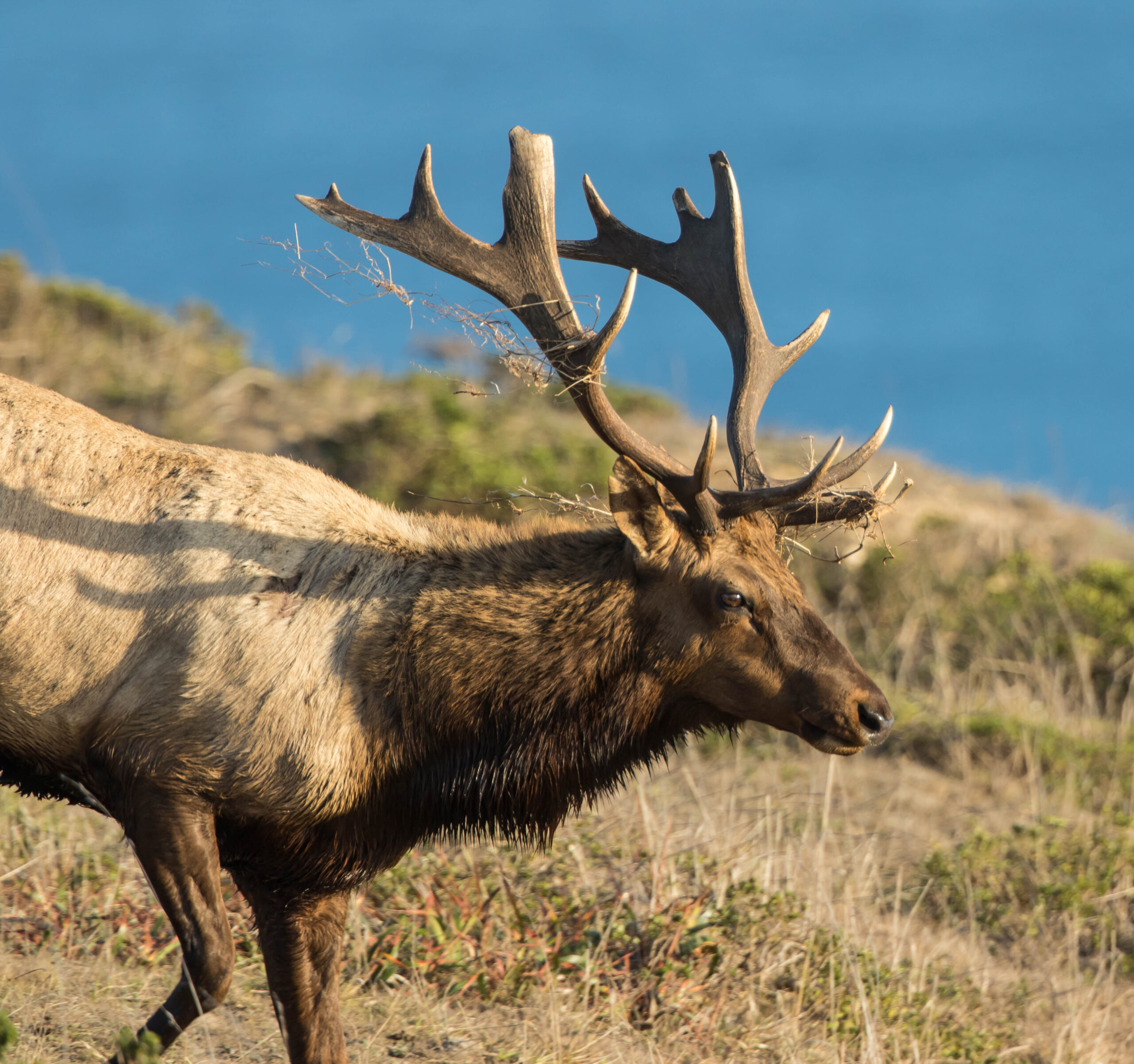This op-ed was published in The Sacramento Bee on August 8, 2021.
A proposed management plan for Point Reyes National Seashore, drafted during Donald Trump’s tenure as president, is environmentally irresponsible, violates the public trust and should be rejected by President Joe Biden’s Interior Department.
California tule elk once numbered 500,000 before being nearly extirpated by hunting, their habitat destroyed for cattle ranching. Restoring these iconic animals at Point Reyes, the only National Park where they are found, is a significant achievement we should celebrate.
Point Reyes was also created to provide sanctuary for the millions of visitors drawn from its nearby urban centers to observe the natural world and enjoy a respite from city life. A major appeal for visitors, more than 2.5 million last year, is watching 500-pound bull elks bugling on a cliff overlooking the Pacific and females nursing their young among the flowering native coastal prairie.
Yet under the plan, one herd will continue to be constrained behind a fenced enclosure to prevent them from competing with cattle for forage — recently, causing hundreds to die from lack of food and water. The small free-ranging herds will be regularly shot to limit competition with cows.
How can this anti-environmental, undemocratic plan even be considered inside one of our most unique national parks? I believe the answer is undue political influence by well-connected ranchers and nationally elected politicians with political and financial ties to the local ranching industry.
Unbelievably, the plan would allow 16 ranch families, who sold their lands to the Park Service in the 1960s and ’70s (for the equivalent of around $400 million) to continue to control 18,000 acres — nearly a third of the seashore — for continued personal gain. Part of the original deal included 25-year reservations of use and occupancy, all of which expired decades ago. Yet this plan would authorize continued exploitation of the land with 20-year renewal leases in perpetuity.
The Park Service’s justification is to honor 19th century ranching culture as part of their mandate to preserve history. Yet, in doing so, the Park Service ignores the 12,000-year history of the Coast Miwok, driven from the land and nearly annihilated — along with the elk — by early settlers. More than 100 Miwok archaeological sites exist inside the park, yet without explanation, the Park Service withdrew an Indigenous Historic Designation proposal and replaced it with an application for Historic Dairy Ranching that was approved.
The plan, formulated after a court-ordered environmental assessment, disclosed that ranches contribute 24,000 metric tons of greenhouse gas per year — 6.5 times the amount generated by visitor traffic. These emissions are over 60% of overall park emissions and 6% of all emissions in Marin County.
The report also revealed ranches will continue to affect soils “because of erosion, compaction, and alteration of soil fertility, primarily from livestock grazing, forage production, and manure spreading.” Ranching will also pollute water, continuing “to contribute adverse impacts on water resources,” and continue to spread invasive species and impact native vegetation and wildlife.
The Park Service and California Coastal Commission received more than 50,000 public comments, with more than 95% in opposition to the plan, yet the Park Service chose to perpetuate ranching and its environmental impacts.
This stinks of political intrigue and is the antithesis of what National Parks stand for.
There is still time for the public to act and demand the plan be rejected. Demand Congressman Jared Huffman stop promoting ranching inside our National Parks, and tell Interior Secretary Deb Haaland and Assistant Secretary Shannon Estenoz to reject the plan and protect Point Reyes.
Stand with tule elk — not cows — by downloading signs from Turtle Island Restoration Network’s website to post in public spaces and share on social media.




